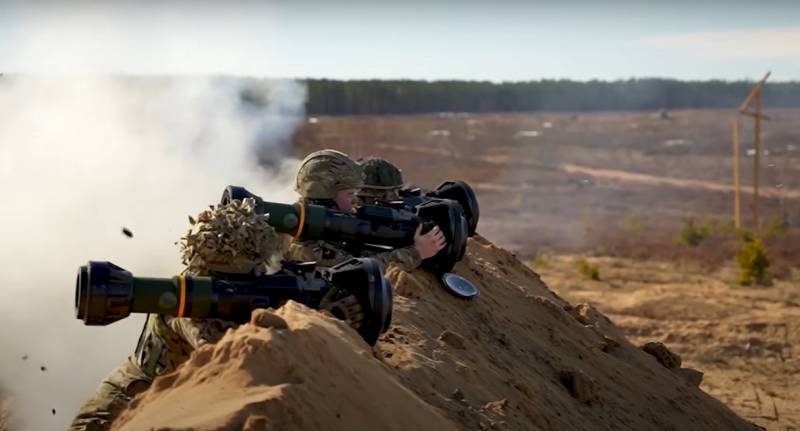An American company plans to start producing engines for Javelin and Stinger missiles using 3D printing

An American company has announced the introduction of a new approach to the design and production of solid rocket engines based on 3D printing. Developers expect that the introduction of additive technologies will lead to faster and cheaper production.
The company's chief executive, Joe Laurienti, explained that the project, called Lynx, involves printing solid rocket motor casings and components for small systems such as the Javelin, Stinger and GMRLS missiles.
The developers of Ursa Major hope that in the future, the widespread introduction of 3D printing into the production process of solid propellant engines will quickly replenish the stocks of the above-mentioned weapons that have been fairly “depleted” in recent times.
Laurienti emphasized that the approach proposed by his company can not only speed up production, but also rebuild production to a different model of solid rocket engines without large-scale re-equipment or additional costs.
- explained the executive director of the company.
Regarding product design changes, Laurienti added that the new design for 3D-printed engines will allow some components to be manufactured as a single unit, as opposed to the traditional approach of creating different parts separately and then joining them together. According to him, this will reduce the number of parts required, increase automation and reduce overall cost.
Laurienti noted that Lynx can print about 50 small motor casings up to 2,5 inches in diameter in three days. Traditional manufacturing processes to produce that many engines could take about a month, he said.
Meanwhile, the developers promise that in the future their printer will be able to create objects up to 22 inches wide. In addition, the company has already developed several metal alloys that it can use in 3D printing, including high-strength nickel alloys, as well as titanium and aluminum.
While the Lynx project is not currently working on the Javelin, GMLRS or Stinger programs, the company said it believes the 3D printing system could certainly help close production gaps in these vital programs.
Information